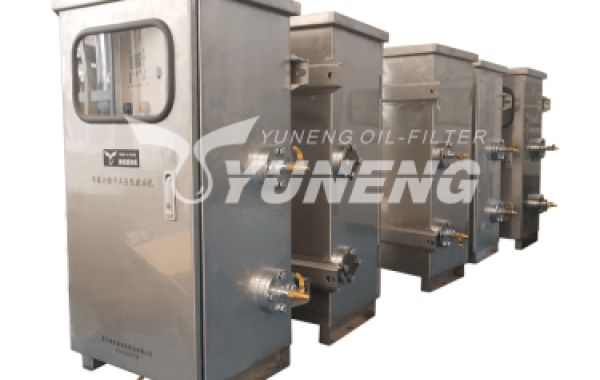The two leading causes for water collecting in your air Generator are natural moisture that occurs during the compression process and the quality of the air being used. Your dry air generator’s filtration system works to separate pure air from other pollutants, including excess moisture. The compressor filter traps that moisture and stores it away until it is dried or drained, leading to a natural build-up of water.
Both outdoor and indoor air contains a certain level of moisture or humidity. This percentage is influenced by factors such as:
Air conditioning
Running water
Leaking roofs or windows
Humidifiers
Poor ventilation
Understanding Pressure Dew Point
We measure moisture in pressure dew point (PDP), which refers to the temperature that the air would have to be at to achieve the same amount of dryness. In many industrial applications, a PDP of at least -40˚F (-40˚C) is desired, so the air is required to have the same moisture level that it would have at -40˚F.
The Danger of Having Too Much Moisture in Your Compressed Air
Although some level of moisture is normal, too much water can:
Damage your air compressor: When water builds up and remains stagnant in the same location, it can cause rust to form, which will wear down your air compressor and contaminate your final product. The pressure from excessive moisture in your tank will also put unnecessary strain on the compressor’s parts, including the bearings, and prevent your tank filters from working correctly. When these parts become damaged, you risk costly repairs or an entire machine replacement.
Lower air quality: If you are working in a heavily regulated industry, then you may no longer meet set standards or quality codes if your compressed air is tainted with excess moisture.
Result in a poor final product: Overly moist compressed air can create an inferior final product. For example, wet compressed air can warp woodworking projects, water down powder coating and could lead to rust formation on metal surfaces.
Removing excess water and moisture from your air compressor is crucial for the longevity of your machine, as well as the quality of your compressed air.
How to Remove Water From Compressed Air
Pressurized air needs some type of system or device to remove its naturally occurring moisture. Several options exist to remove water from your air compressor, which can be as simple as a drain valve on the tank or as complex as a four-stage air drying system. You may be using compressed air for purposes that require moisture-free output air. In this case, any existence of moisture will negatively impact your operations.
There are applications that can tolerate a low moisture content and won’t need an elaborate air-drying setup. Either way, air compressor moisture in your tank and lines is not ideal, so drying the air and releasing the water is absolutely necessary in some form.
For a compressor that delivers 20 liters of air per second, it also supplies 24 liters of water a day. Most of that water needs to be removed, and it’s usually done in several stages. For example, an industrial air compressor that produces about 24 liters of water a day will move the wet and hot compressed air to an aftercooler, which removes 15 liters, then to a refrigerated air dryer, which removes another seven liters. There may be another stage with a desiccant air dryer for the driest air possible.
Air compressors are used for a wide range of applications, so there isn’t one perfect solution to every dry compressed air application. Cooler air holds less water, so it uses many systems to cool the compressed air. This allows water to drop out of the air, so it can be collected and drained.








